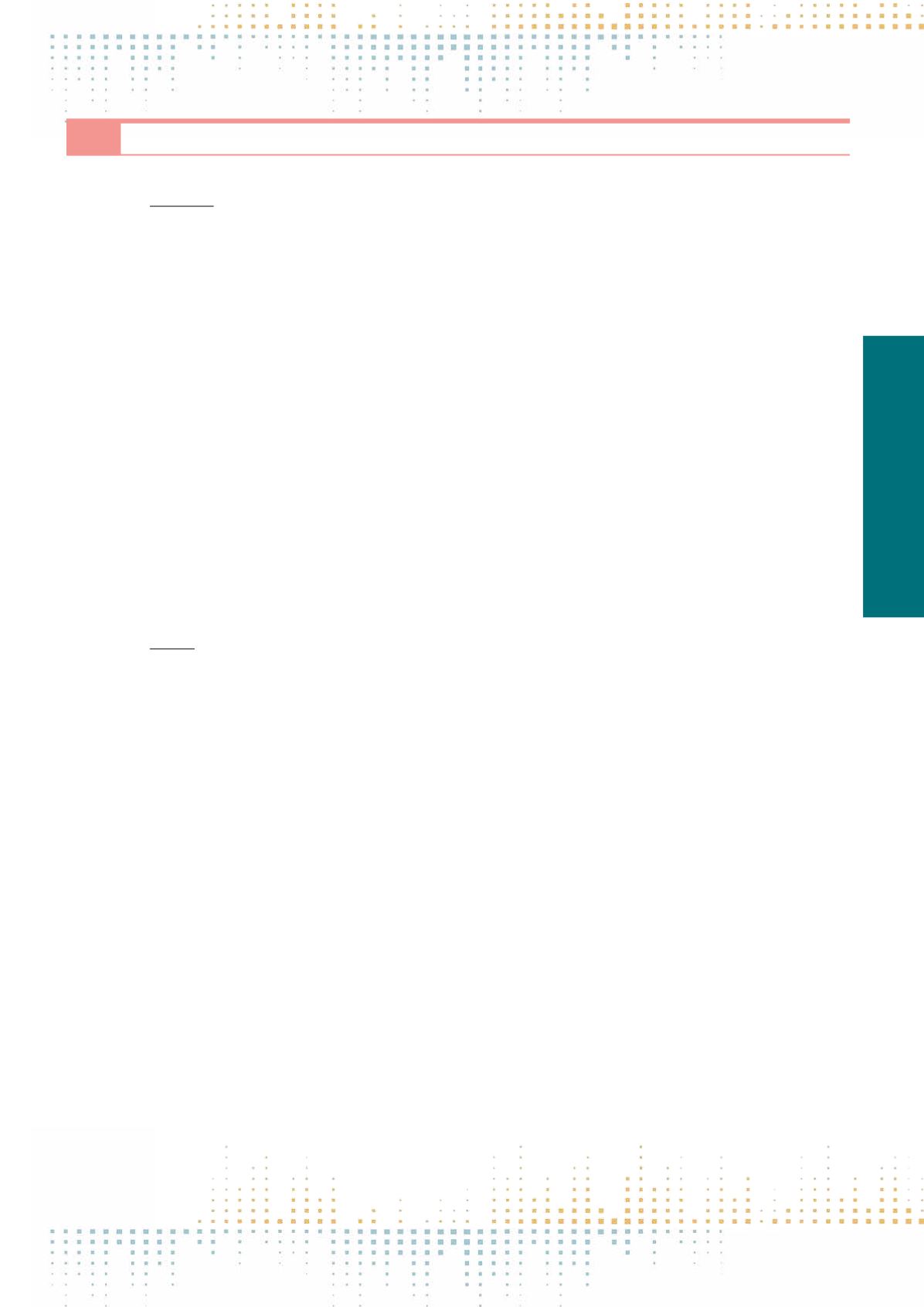

87
Friday, November 11
1 8 : 0 0 – 1 9 : 3 0
CDE13
Political Communication andMedia Democratization
PP 461
Can Mediatized Transparency Surges Topple Democracy?
M. Damgaard
1
1
University of Copenhagen, Department of English- Germanic and Romance Studies, Copenhagen S, Denmark
In the last decade, international and national media have painted starkly contrasting pictures of Brazil: From an emerging world power in 2010 to a ”failing
democracy”, according to the Economist Intelligence Unit's Democracy Index of 2015. This assessment reflects a snowball of corruption scandals, heavily
publicized in the last 18 months, that saturates the entire political system of the Brazilian nation. The media's role in pushing the political establishment
towards trial, prison, and unstability, cannot be underestimated, but how can this role be assessed? The scandals have caused groups to call for a return to
the military dictatorship, less than 30 years after the restoration of democracy. With public denunciations of corruption filling headlines for months, panic
has seized the Congress and triggered a process of impeachment against the President incumbent as well as numerous petitions in the Supreme Court for
removing central parliamentarians from office. Surveys show record rates of rejection of all political leaders and even lower trust in the political system than
usual in the population.The media scandals, revelations of systematic fraud and artificially boosted budgets in Petrobras, the largest state company, togeth‑
er with falling commodities prices and tax income, has furthermore created a negative economic spiral, resulting in investment downgrading and inflation
reminiscent of earlier vicious circles in Latin America. This paper seeks to pinpoint the narratives in the Brazilian mediascape that contribute to generating
and maintaining a climate of political crisis. The paper investigates how the intense media attention directed political agency overwhelmingly towards
elaborating corruption narratives and responding to opposing narratives. Starting from a structural narrative analysis (Dannenberg 2008, de Genette 1970)
of 1,800 news items, the paper points out which futures and pasts are projected for Brazilian democracy in the media stories on corruption. Applying a nar‑
rative policy framework (Jones & McBeth 2010; Shanahan, McBeth, & Hathaway 2011), the paper finds 19 narrative currents in the mediascape, which are
then considered as possible causal factors for the emergence of policies and mediatized strategies adopted by Brazilian decision-makers. Finally, inspired
by the institutional logics perspective (Thornton & Ocasio 1999) inherent in mediatization theory (Hjarvard, 2013), the paper argues that certain media and
judicial logics, rampant in the political system, prolong the crisis.This is one possible answer to the research
question:Whatis the media's role in dislocating
a seemingly stable democracy through sustained corruption revelations, selectively targeted at the government? The bleak answer, however, leads to
broader considerations of the crisis of trust, the crisis in the economy, and the political impassé: Who, in the end, pays the price of surges of transparency,
mediatized in specific formats of denunciations, revelations and leaks?
PP 462
Do Media Have the Power over Foreign Policy: Europe in Ukrainian, Russian and Polish Mediascapes During Euromaidan
R. Horbyk
1
1
Södertörn University, Media and Communication Studies, Huddinge, Sweden
This paper focuses on the social role of news media and journalists in Central and Eastern Europe, dealing with empirical material from Ukraine during
the Euromaidan and the subsequent “Ukrainian crisis”, which is comparatively juxtaposed with corresponding material from Poland and Russia. A closer
look suggests this is the continuation of long-standing differences in how the countries in Central and Eastern Europe, here exemplified in Ukraine, Poland
and Russia, perceive Europe and the EU. The differences have long been noticed but never researched systematically and linked to the policies in place.
The media power to influence political decision-making in foreign policy is investigated by example of the coverage of Europe and the European Union in
three important and politically diverse newspapers from each country (based on both quantitative content analysis and a more qualitative discourse-ori‑
ented approach); these findings are then contextualised by interviews with journalists and policymakers, political documents relating to social and political
developments. Apart from qualitative and quantitative analysis of three important print media outlets, all available online, the study deals with visual
representations of Europe, the writings of influential bloggers and pays attention to linguistic and rhetorical devices typically invoked by different discur‑
sive constructions of Europe. Interviews shed light on how social and political actors make sense of these representations and use them in their agency.
The paper finds that Europe is portrayed in rather different terms in mainstream debates of each country: whereas Ukrainian discourses typically see
Europe as inseparable from rationalist and progressive values, Poland develops a closer (and often more critical) way to look at the continent and Russian
discursive actors tend to portray it as more aggressive and seeking conflict with or domination over Russia. Different semantic activates (and is activated by)
different formal devices, such as metaphor, metonymy or catachresis. The results of the study indicate significant differences in the autonomy of journalists
in the three countries but also links the greater media autonomy to the dysfunctional and weaker political power, which is epitomised by the dramatic
2013–2015 events in Ukraine when the political authority imploded and the power vacuum was partly filled by journalists and media-savvy political
activists. Differences in the quality of media power correlate with differences in representations of Europe. Keywords: media, power, foreign policy, Europe,
Ukraine, Russia, Poland, Euromaidan



















